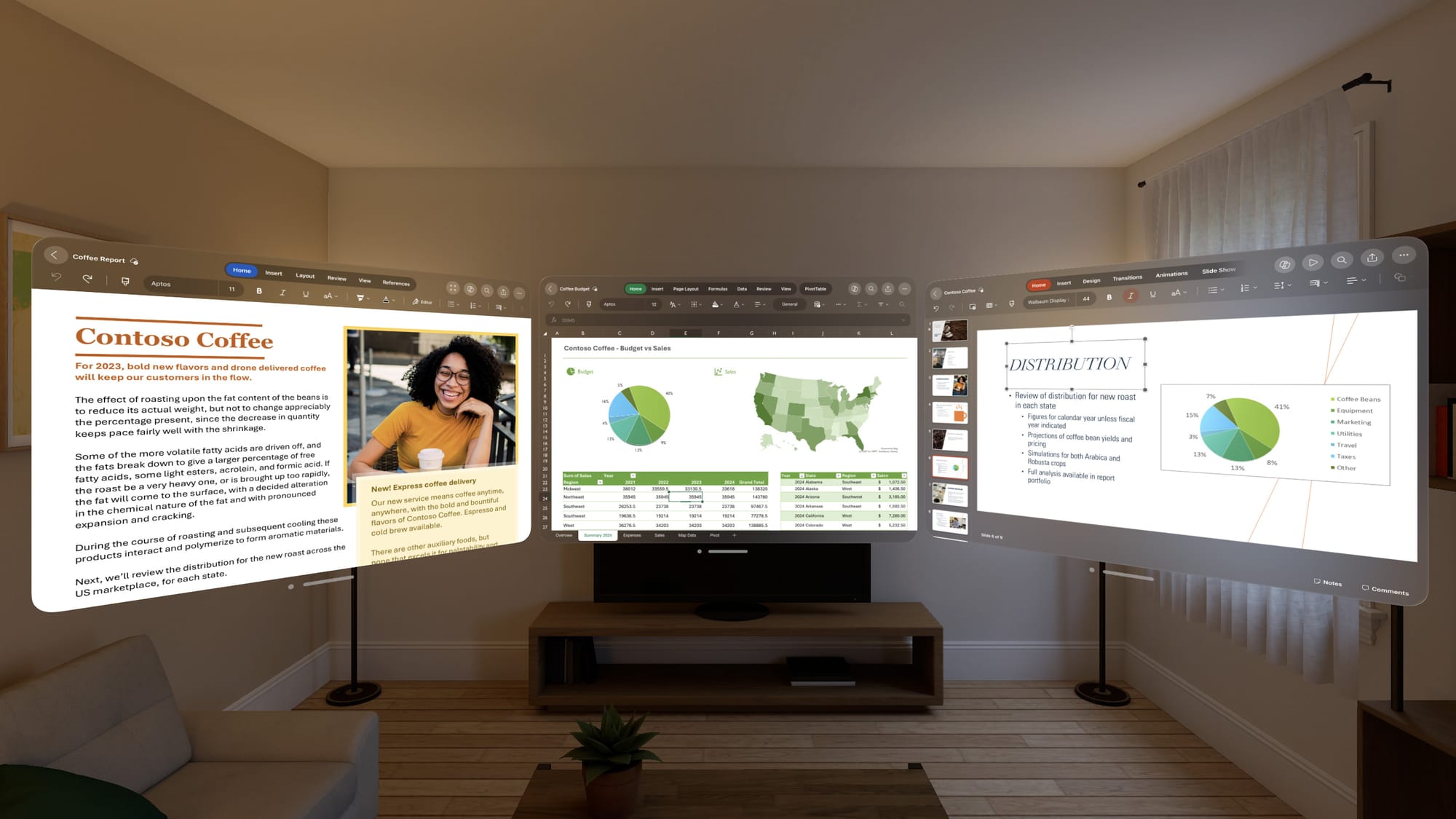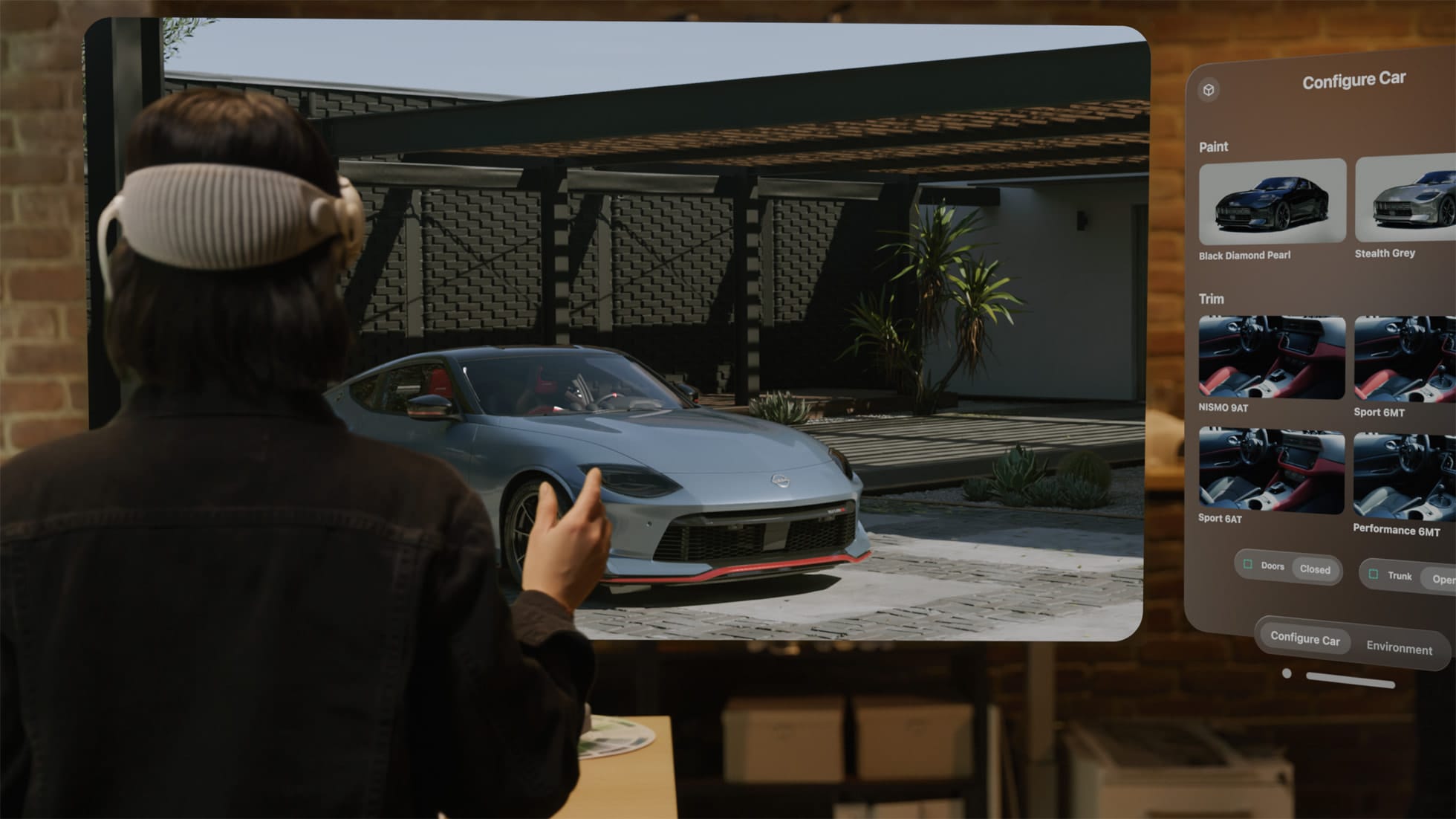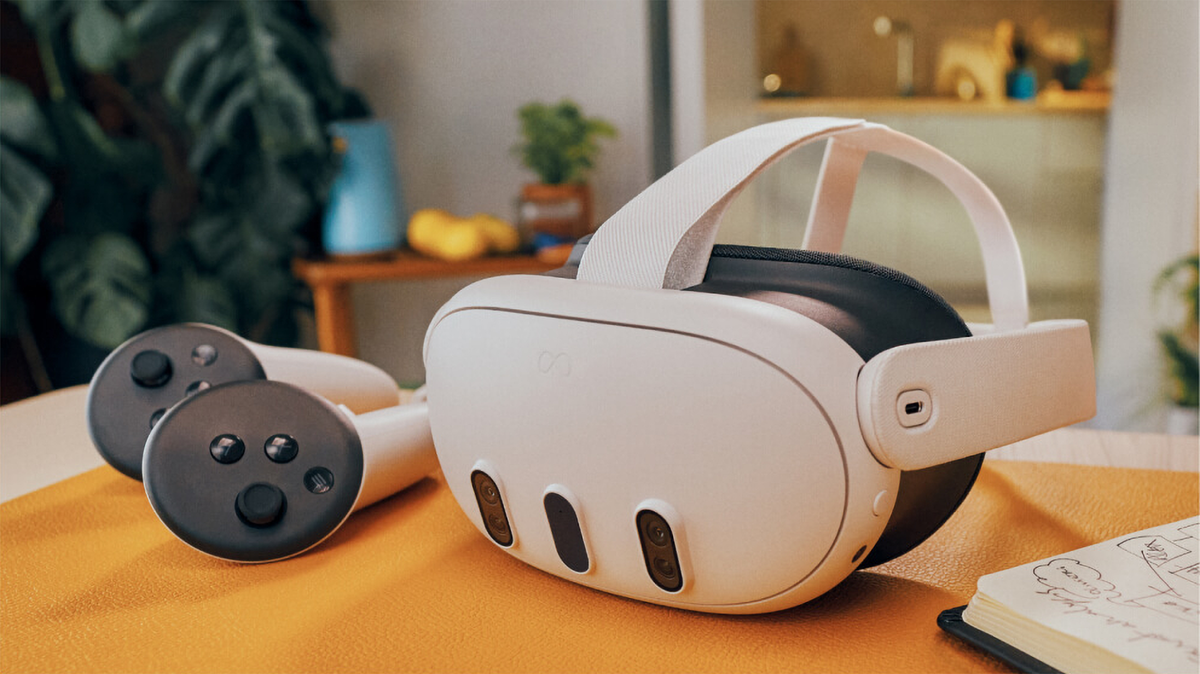Tim Cook just officially announced that more than half of Fortune 100 companies have bought at least one Apple Vision Pro headset.
Vision Pro launched exactly three months ago. While much of the focus of industry analysis has been on its adoption by consumers, very few can afford a $3500 product, so Apple has also put significant focus on selling it to enterprises, which can easily afford devices of this price.
Enterprises including KLM Royal Dutch Airlines, SAP, Porsche, Lowe's, and EnBW have publicly confirmed using Apple Vision Pro with custom visionOS software.
KLM Royal Dutch Airlines Engine Shop
SAP Analytics Cloud
Porsche Race Engineer
Additionally, dozens of developers have built visionOS apps for businesses, either ports of their existing platforms or entirely new platforms.

JigSpace lets users lets you import 3D models and customize and animate them in 3D presentations that can include images, audio, text labels, and more.
Resolve, a "guided work" app for HVAC, plumbing, electrical, and fire sprinkler lines.

FireOps, an emergency response management tool.
PTC OnSpace, a CAD visualization app.
The Enterprise Headset Of Choice?
Apple isn't the first AR or VR company to target an expensive headset at enterprises. Magic Leap 2, Microsoft's HoloLens 2, and Varjo's XR-4 series all primarily focus on this segment of the market.
Magic Leap 2 and HoloLens 2 are similarly priced to Vision Pro, but use transparent optics with a much narrower field of view and feature older and weaker CPUs. Magic Leap 2's battery lasts notably longer, though, and both it and HoloLens 2 are more comfortable to wear.
Varjo's XR-4 series has a wider field of view and superior visual clarity, but has to be cable tethered to an expensive Windows workstation PC. That does greatly expand the potential fidelity and scope of the software it can run, but limits its portability and its usefulness for large collaborative spaces.
Another dark horse in the enterprise AR space could be Meta's Quest 3. While it offers a noticeably lower quality passthrough experience than Vision Pro or Varjo, its much lower price could tempt some organizations, especially smaller companies where seven headsets would be preferable to one.

One of Apple's key advantages though is the ability for companies to relatively easily extend their existing iPad apps into AR using the suite of Apple developer tools they may already use. This lowers the cost, time, and complexity of companies adopting headset-based AR in a way that other companies dependent on Unity and Unreal engine won't be able to easily match.
With more than half of Fortune 100 companies using Vision Pro just three months after launch, Apple's strategy appears to be working - it has clearly taken the enterprise AR market by storm.
from UploadVR https://ift.tt/qTUVeMf
via IFTTT

No comments:
Post a Comment